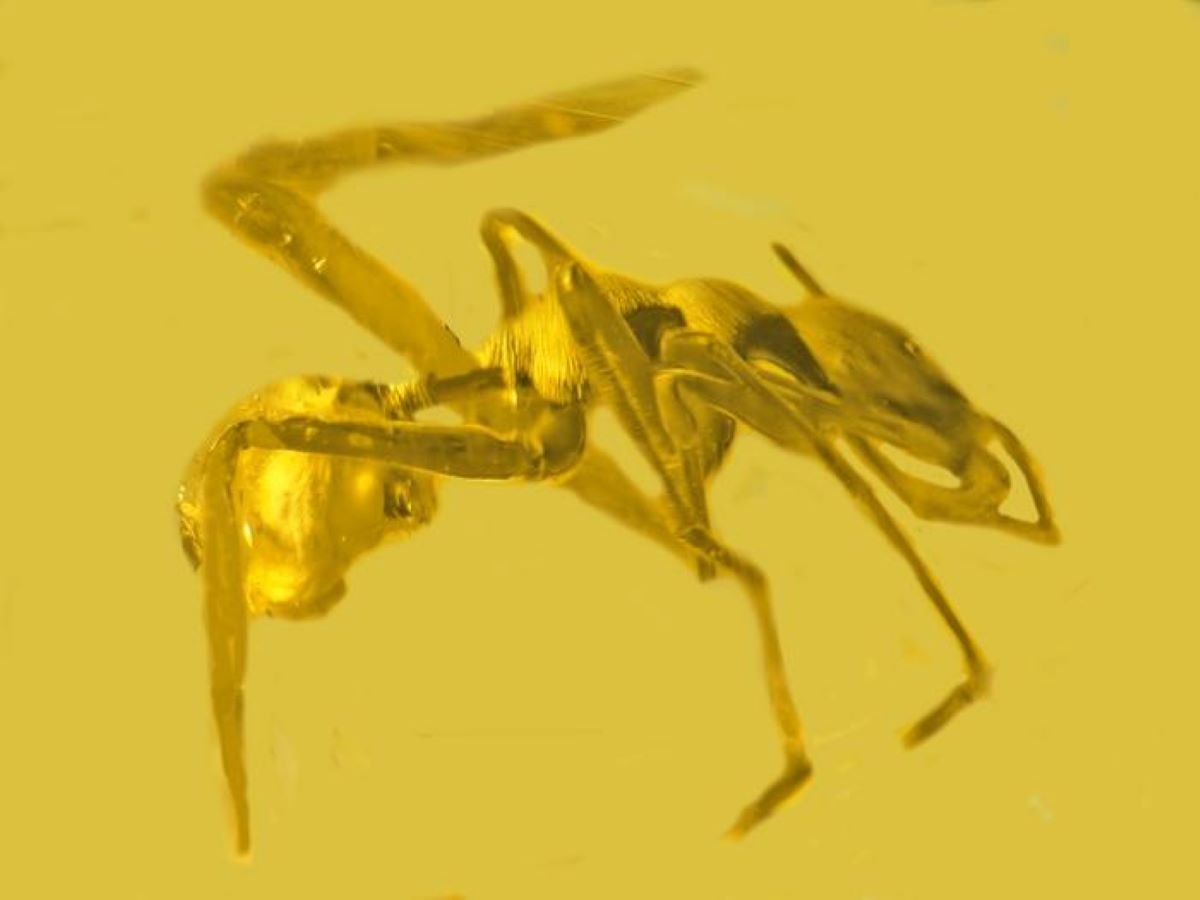Scientists have discovered a new prehistoric species of spider with a genius strategy for hiding from its predators.
Spiders are not well preserved in the fossil record because of their soft exoskeletons, so our understanding of these ancient arachnids is fairly limited. But in rare cases, spiders can become trapped in various tree resins, such as amber and copal, preserving their bodies for millennia.
Even more unusual is finding a fossilized spider masquerading as something else—in this case, an ant.
In a study published in the journal Historical Biology, paleobiologist George Poinar Junior, who has a courtesy appointment in the Oregon State University College of Science, presents an early record of a newly discovered species of the ant-mimicking spider Myrmarachne colombiana.

Pretending to be an ant is a common tactic among spiders to escape predation. However, according to Poinar, there is no record of ant-mimickry among spiders in Colombia. But why would spiders want to pretend to be ants in the first place?
“Ants are particularly good creatures for spiders to pretend to be [because] many animals find ants distasteful or dangerous to eat,” Poinar said in a statement. “Ants are aggressive in their own defense—they have a strong bite as well as a stinging venom, and they can call in dozens of nestmates as allies.
“Spiders, meanwhile, have no chemical defenses and are loners, which makes them vulnerable to being hunted by larger spiders, wasps and birds—predators that would rather avoid ants. So, if a spider can be like an ant, it’s more likely to be unbothered.”